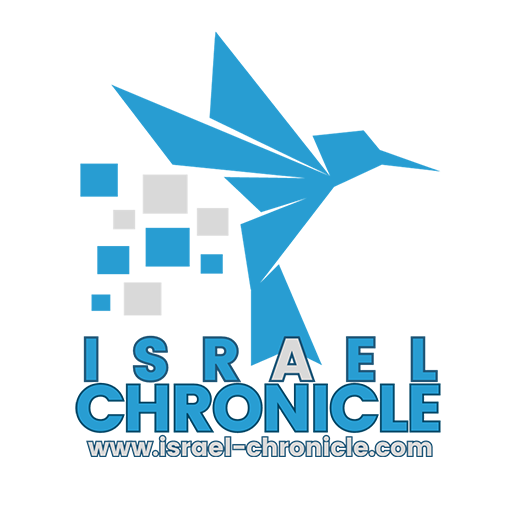The country’s nursing shortage shows no signs of slowing — which means healthcare providers must remain committed to finding innovative, tech-enabled ways to reduce nurses’ burnout and stress levels.
One health system — Sentara Health, which operates 12 hospitals across Virginia and North Carolina — has been leveraging iPhones to help improve nurses’ job satisfaction. Over the past year or so, the health system has invested $11 million into 4,900 iPhones, which are currently being used by 10,550 nurses across 11 of Sentara’s hospitals.
Amy Rosa, Sentara’s chief nursing informatics officer, said that this project is already proving to be well worth the expense.
The nurses’ iPhones may look like regular smartphones, but Sentara has configured them to be secure and HIPAA-compliant. They don’t have access to social media, cell service, games or the App Store, and no data is stored on these devices. When a nurse docks their phone at the end of their shift, the device is automatically wiped, Rosa explained.
One of the main benefits of the phones is that they make it easier for nurses to communicate with various care team members across the health system, she noted.
“Speaking from the point of view of a bedside nurse, I may have to have the number of the respiratory therapist on call or the physical therapist on call. Via this platform, the list of folks is maintained automatedly, so we’re able to communicate with those teams faster and more efficiently than ever before,” Rosa declared.
This eliminates the need for multiple devices like walkie-talkies, basic phones and pagers, she said.
Another benefit of the phones is that they help nurses tend to patients’ needs more quickly. Many hospitals have bells and lights that go off outside a patient’s room to let their nurse know that they need attention — but with the addition of Sentara’s smartphones, that notification goes straight to a nurse’s pocket, Rosa pointed out.
Sentara’s smartphones also allow nurses to quickly access their patients’ medical records. Rosa noted the phones have saved each nurse an average of 78 steps per task because everything they need in terms of patient information is always at their fingertips.
She also explained that real-time access makes for safer and faster decision-making, such as reviewing lab results before a medication is administered.
In addition to providing nurses with the information they need, the phones also enable them to collect data in real-time instead of having to enter the information into a computer. For instance, the phones can scan medications and labs, as well as take pictures of wounds.
Medication scanning is a process meant to ensure the right medication is administered to the right patient at the right dose, time and route — it involves scanning barcodes on the patient’s wristband as well as the medication packaging. Sentara’s mobile phones replace wall-mounted scanners, making it easier to perform tasks like IV bag scanning directly at the bedside and reducing unnecessary movement and steps, Rosa noted.
Sentara’s nurses have scanned medications about 157,000 times using the new mobile process, she said.
“That is tripling our average before this [new mode of] measurement. What’s important to understand here is that the medication scanning process is a safety measure,” Rosa remarked. “When we say we have tripled our average of using that process in collecting labs, that means we are tripling our average of making our lab collection safer.”
The fact that nurses can document care immediately on their phones also minimizes errors and helps guarantee up-to-date information for physicians, she added.
Overall, Rosa thinks smartphones are a “wonderful addition” to any nurse’s workflow — and that more health systems should think about rolling out a mobile phone program like Sentara’s.
Photo: ipopba, Getty Images










